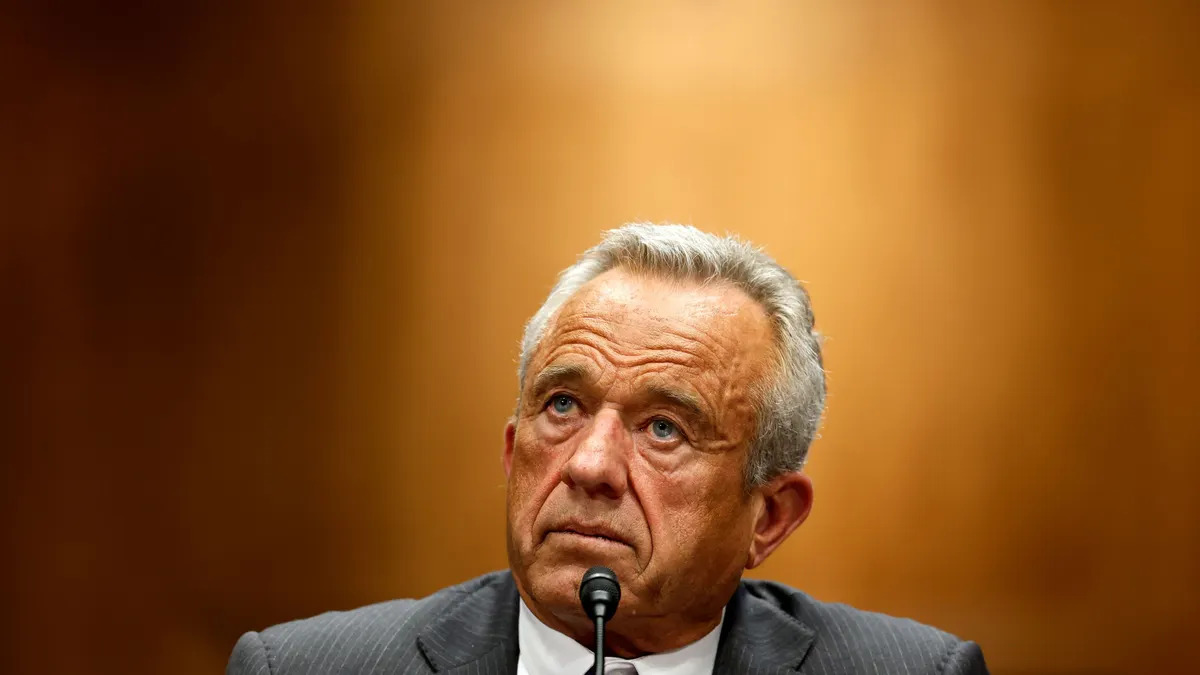Dive Brief:
- Hospitals are acquiring doctor’s offices at a faster rate, and prices are rising as a result, according to new research.
- Between 2008 and 2016, the share of physicians integrated with a hospital increased by almost 72%, according to the study published by the National Bureau of Economic Research. On average, integration between doctors and hospitals was followed by “significant and sudden” price hikes — with no change in quality, the research found.
- It’s the latest research linking provider consolidation with higher healthcare costs, a trend that can be difficult to track due to the vast amount of M&A that falls under regulatory reporting thresholds. The main hospital lobby sought to discount the study, arguing it relies on outdated data from a single major insurer.
Dive Insight:
The healthcare industry has been steadily consolidating for years. The U.S.’ once-robust network of independent physician practices is shrinking amid what doctors say is insufficient reimbursement and increasing administrative burden that make it difficult for them to remain operational on their own.
Currently, more than three-fourths of U.S. doctors are employed by corporations, including health systems — with hospitals by far the largest owners, according to the Physicians Advocacy Institute.
Hospitals want to buy physician practices for a number of reasons. The offices are a valuable source of referrals. Bringing them in-house allows hospitals to jack up the practices’ rates for outpatient treatment. And, owning more doctor’s offices can help hospitals better coordinate care, especially in value-based arrangements.
Yet there’s a mountain of evidence showing that consolidation, including among hospitals and physicians, may not be good for patients, doctors and the healthcare system writ large.
Corporate ownership is linked to decreased care quality and higher healthcare costs for patients. Research also shows that physicians’ income falls after they’re acquired by hospitals.
The NBER study, which was led by Yale public health scholar Zack Cooper, found that the share of doctors working in hospital-owned practices has roughly doubled over the last two decades. That increase was tied to substantial price increases.
For childbirths, for example — the most common hospital admission for privately insured individuals — physician prices increased an average of 15.1% within two years of their acquisition. Over the same timeframe, hospital prices also increased, by an average of 3.3%.
The researchers suggested that the price increases stemmed from a loss of competition in the integrating providers’ market.
Prices went up the most when an already highly integrated system purchased more doctors, when hospitals bought doctors with more power to shift their referrals and when doctors were purchased by hospitals with more bargaining power, the study found.
“Our estimates suggest that taking action against many physician-hospital mergers could help preserve competition in health care markets and keep prices from rising,” the study reads.
However, 99.9% of the transactions analyzed in the study fell below the Hart-Scott-Rodino reporting thresholds for merger activity, making it difficult for regulators to predict and forestall any anticompetitive effects, according to the research.
Recently enacted merger guidelines that direct the Federal Trade Commission to look at a broader scope of deals may help. Still, regulators don’t have the resources or authority to prevent many problematic mergers, experts say.
The American Hospital Association slammed the NBER study as flawed, arguing it relies heavily on outdated information provided by UnitedHealthcare, an insurer with a parent company that’s “one of the most aggressive acquirers of physician practices.”
“In other words, the study conveniently ignores one of the largest factors impacting physician employment in recent years,” Aaron Wesolowski, the AHA’s vice president of research strategy and policy communications, said in an emailed statement. “Beyond this, the study makes very little attempt to acknowledge many of the well-documented factors driving physician practices to integrate with hospitals in the first place.”
Though UnitedHealth is the largest payer operator of physician practices, hospital ownership of physicians well outpaces that of insurers overall.















